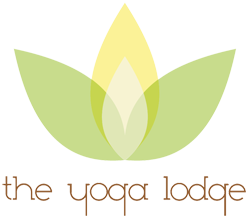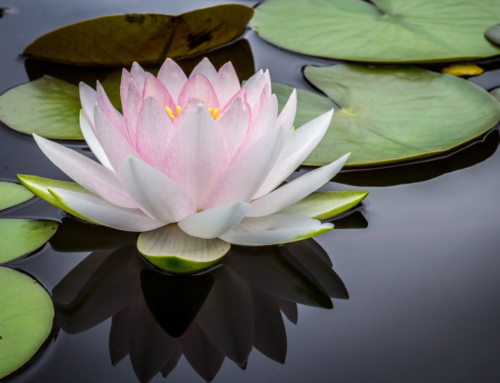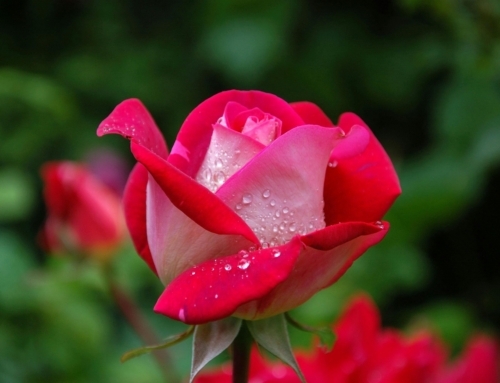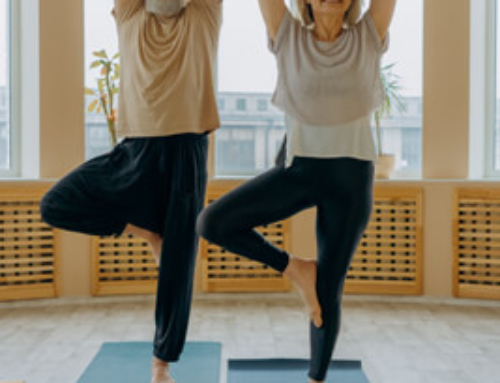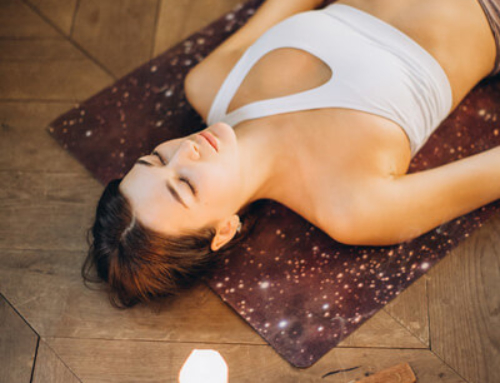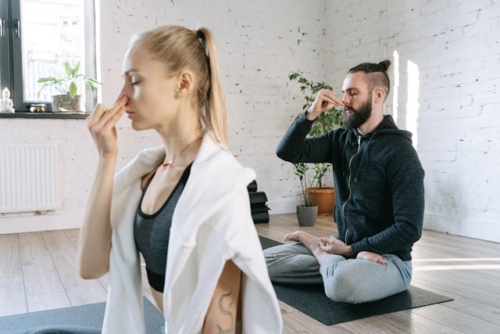
Yoga Breathing (Pranayama)
Welcome to my blog on Yoga Breathing (Pranayama). According to Swami Vishnu Devananda “Pranayama (Yoga Breathing) is the link between the mental and the physical disciplines of Yoga. While the action is physical, the effect is to make the mind calm, lucid and steady”.
What Does Pranayama Mean?
“Prana” means breath, respiration, life, vitality, energy or strength. When used in the plural, it denotes certain vital breaths or currents of energy. “Ayama” means stretch, extension, expansion, length, breadth, regulation, prolongation, restraint or control.
Pranayama thus means the prolongation of breath and its restraint.
The practise of pranayama develops a steady mind, strong will-power and sound judgment.
– From Light on Pranayama by B.K.S. Iyengar
What Does Good Breathing Mean In Yoga?
Good breathing in Yoga means breathing fully and rhythmically, making use of all the lungs. Yoga breathing or Pranayama teaches us how to recharge the body and control our mental / emotional states, by regulating the flow of Prana, life force or oxygen.
Breathing correctly means breathing through the nose, keeping the mouth closed, and using the lungs fully, (although a few Yoga breathing techniques instruct otherwise.)
It can take considerable practice of simple inhalation and exhalation to prepare the lungs and nerves for the more demanding Pranayama exercises such as alternate nostril breathing.
To be safe, we must proceed very slowly and never force the lungs. If either breathlessness or feelings of panic occur, stop and allow your breath to return to normal before continuing.
Correct Breathing Releases Emotional Tensions
Working correct breathing not only uses muscles and lung tissues that may have been slack for years, but also releases emotional tensions that may have been locked, so you may feel a little panicky to begin with.
While practising the Yoga complete breath, fill the lungs as you would any vessel, such as a jar. Fill from the bottom to the top and exhaling, emptying the lungs completely; releasing any trapped stale air from the base of the lungs.
By learning the complete breath, activating the diaphragm, the thoracic and the clavicular, or lower, middle and upper parts of the lung, we absorb more oxygen or prana and expel more carbon dioxide, developing reserves of energy which can enhance the physical, emotional and mental creativity of our lives. We can only absorb as much oxygen or Prana as our lungs can expand or take in. As the lungs gain elasticity and strength, they open more and allow in more oxygen and Prana.
When holding the breath in our lungs for an extended period, the blood absorbs more oxygen and Prana.
When first learning to use the lungs fully you can practised lying down as savasana allows the ribcage to expend and the spine is supported. It is best practiced on its own, but can be practiced at the start of a yoga session, or after posture practice, having first rested in savasana until the heart, respiration and nerves become calm and tranquil; or it can be practiced as a preparation to meditation.
Breathe Fully And Live Fully
The regular practise of yoga breathing exercises increases our potential for living fully, rather than just getting by each day. There is a saying in Yoga that “Those who only half breathe only half live, those who breathe fully, live fully”.
Pranayama Helps In Many Different Ways
Working with Pranayama helps to reduce or eliminate cravings such as for unhealthy food, alcohol and nicotine. The breath also plays an important role in the metabolism, so that when practised daily it has a normalising effect on body weight. Circulation is improved as extra oxygen is carried around the body; every muscle, nerve and cell becomes more fully nourished.
But, perhaps most importantly for many people is that the practice of controlling the breath also gives control over the emotions and mind. Slowing down the breath literally slows our emotional and mental state…….thereby creating a calm state from which we can evaluate situations correctly and make the best decisions for our continuing well-being.
The Movement Of Prana
Central to all the practices of Yoga is the movement of Prana – the life force or vital energy. Prana has not been proven to exist as such by scientists yet. Although it is accepted nowadays that everything that exists can be broken down into energy. Things are not as opaque and solid as they seem: they are transparent and vibrant. Prana is said in Yoga, to be the energy that lies in the heart of everything, from a rock to a complex human being. It is not matter but is in matter; it is in air but is not to be mistaken for oxygen. It is a subtle form of energy that is carried in air, food, water, and sunlight and animates all forms of matter.
Prana And What It Is
Prana is not consciousness or spirit, although it is known as universal energy, it is not the universal energy of Brahman, but is a form of energy used by the material world. The whole body is controlled and regulated by the force of Prana. Every cell in the body is controlled by it. We absorb Prana through the food we eat, the water we drink and the air we breathe. Prana, also known as universal energy or life force, is that which manifests itself as gravitation, electricity, the actions of the body and as the nerve currents and thought force. From energy as thought, down to energy as physical force, everything is thus the manifestation of Prana.
Knowledge and mastery of Prana manifested in individuals is called Pranayama, which means energy, or life force mastery, retention or extension. We are taught in Yoga that by mastering or channeling Prana we open the door to almost unlimited power. The control of Prana/energy is the main purpose of Hatha Yoga practice. The word Hatha has two meanings, one is ‘force’, as in life force or energy, and the other is ‘sun and moon’ which in turn symbolises negative and positive energy.
How To Increase Positive Energy
We can increase positive energy/prana through the practice of asanas, relaxation, and by eating wisely. Most of all we can increase energy and balance ourselves by performing pranayama /yogic breathing practices. Energy can be most easily controlled by regulation of the breath.
Pranayama Can Awaken The “Sleeping” Energy Within
Some Yogis and Yoginis practice pranayama to awaken the ‘sleeping’ energy within. This is called Kundalini – awakening dormant energy to heighten awareness. The practice of Kundalini involves meditation on the energy points in the body called Chakras.
According to some yogic thought, there are five sheaths surrounding each true self. The life energy sheath lives between the mental and physical sheaths and is called the ‘pranamaya kosha’. It is said to contain thousands of subtle nadis/pathways through which energy/prana flows.
How To Practice Pranayama
Nearly all of the yoga breathing exercises suggest breathing through the nostrils. The hairs and mucus in the nostrils warm and filter the incoming air which is safer and more comfortable the body. Exhalations, through the nose should be slow and gentle. Breathing should always feel comfortable.
While Practising, Be Mindful ……
If at any time you feel light headed, or faint, or are gasping for breath, stop your practice and resume normal breathing. Continue with your pranayama practice gradually. In time you will strengthen your respiratory system and be comfortable with all the breathing exercises.
Different Ways To Practise Pranayama
There are many ways to practise Pranayama, such as The Yogic or Full Lung Breath, Healing Breaths, Regulated or Rhymthic Breathing, Alternate Nostril Breathing (Anoloma Viloma), Giving and Receiving Breaths, and Energising Breaths to name but a few.
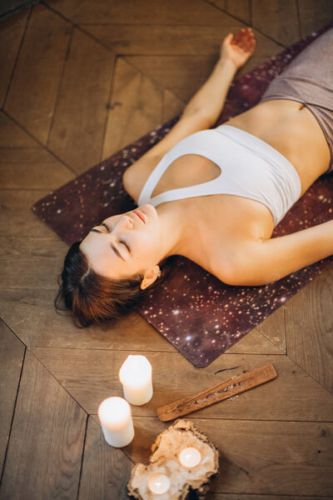
Given below are the written instructions for The Yogic Complete Or Full Lung Breath
The “complete” or “three-part” breath, teaches us how to fill our lungs fully, beginning with the lower lungs, then moving up through the middle region and into the upper region. Full lung breathing relaxes the mind and body, increases oxygen intake and releases more carbon dioxide. It is beneficial to practice anytime and is particularly valuable between during asana practice, or prior to meditation, or during relaxation. You can practice in savasana, or sitting, or standing. Breathe through the nose if you comfortably can. To practice…
Abdominal or Lower Lung Breathing
Exhale emptying your lungs completely.
Inhale all the way down to your lower lungs, so your navel area gently expands. As you exhale your navel area relaxes. Repeat several times, keep your breath smooth and slow without straining.
Practice for thirty seconds
Now adding Ribcage or Middle lung breathing
Keep inhaling all the way down to your lower lungs, but then continue inhaling into your middle lungs so your rib cage expands. Exhale from your lower and then middle lungs, relaxing your navel area and ribcage area. Repeat several times, keep your breath smooth and slow without straining. Notice each breath is longer and fuller. Practice for thirty seconds
Now adding Upper lung or Collar bone breathing.
Keep inhaling down to your lower lungs, then up into your middle lungs, and then continue inhaling into your upper lungs by opening your upper chest. Your collar bone may lift a little. Exhale from your lower, middle then upper lungs. Repeat several times, combining all three steps into one continuous flow. Now using your lungs fully by inhaling as slowly as you can and exhaling slowly emptying your lungs completely. Practice for thirty seconds
Now (if not pregnant) adding a brief retention…
As you inhale a full lung breath imagine filling your lungs with pranic energy and then hold the breath in for three seconds feeling your lungs full of positive energy. As you exhale imagine the pranic energy flowing through your entire being.
Making your out breath longer than your in breath will calm you even more.
Practice for two minutes
Now return to abdominal breathing feeling again the rise and fall of your navel area. Take a few moments to absorb all the good work of your pranayama exercise.
Free Downloads
Most of the different Pranayamas mentioned above can be found as free downloads, which I hope you will find helpful to experience by integrating them into your Hatha Yoga session or to use individually, so please enjoy!
How Yoga Classes At The Yoga Lodge Can Help You
The Yoga Lodge offers an oasis of calm and tranquility, where classes are small and friendly. You will be made to feel most welcomed. Classes are run by Pavana, who is a qualified, caring and dedicated Hatha Yoga and Meditation Teacher. Pavana has been teaching yoga for over 17 years.
In fact, the name Pavana is from the old yogic language Sanskrit. It means to develop, something that purifies, breeze or air. It represents the divine air or breeze that takes the for of life in every individual.
If you feel your health is vital to your well-being and you feel you would like to have more energy by living more fully, then give Yoga a go
Book Now by visiting www.theyogalodge.org.uk/timetable to reserve your yoga place in person or on line
Or if you require further information call 07973 410375, or email pavana@theyogalodge.org.uk
or simply browse the website www.theyogalodge.org.uk
